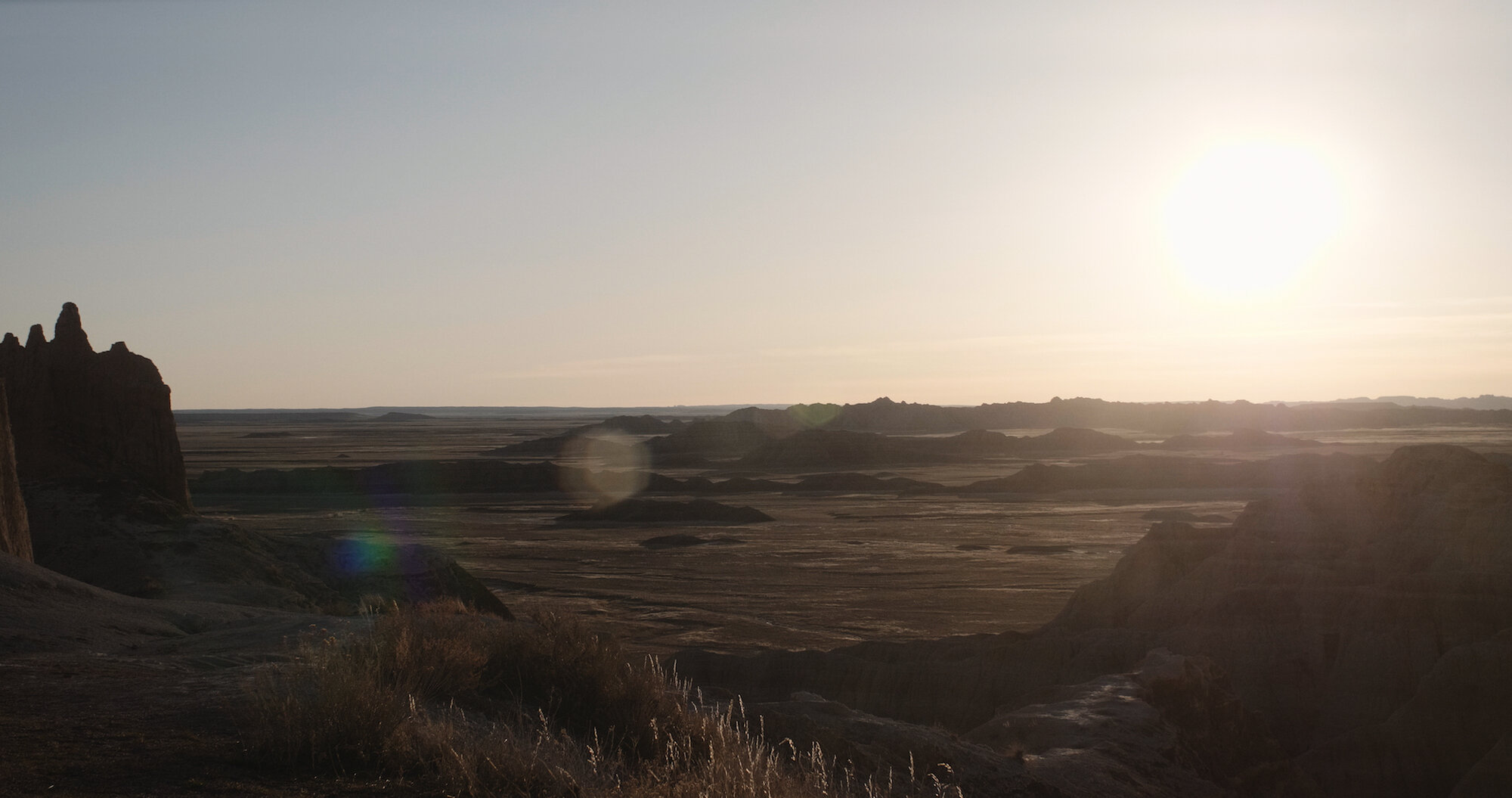About the Film
An immigrant, working-class family lives through the horrors of the 20th century and raises a son who honors them.
In the summer of 2017, I sat at the bedside of my 99 year-old mother who was dying. I glanced at the news and saw that the then-president of the US had just praised neo-nazis as being “very fine people.” I thought of my mother’s young cousin, blown to pieces by a land mine in France fighting nazis during World War II. What had happened to this country that had given, despite much hardship, a life for my great grandfather, his children, and his grand daughter who now was leaving this world?
With a trove of photographs dating from the 1860s to the present, and needing to journey cross-country to the little town in Pennsylvania where my mother was born, I set out in winter to cross the country.
This film is a record of lives lived. These lives were small. And through endless wars, depression, and flood, these women (their men died or vanished) lived a life from the work they could do: shorthand secretary, shoes sales woman, photography assistant, receptionist, and finally writer, and they pushed this son toward a creative life. Yet they also, remarkably, given our current digital time-sink, made time to sing, play the piano, learn to paint in watercolor and pastel and make photographs. They took me into the history of the west: its ruins, its nature, and its people, now confined to poverty on the Indian Reservations. Yet these Native American people making powwows, parades, and helping to raise this only child, displayed a dignity that the women revered. My grandmother, aunt, and mother spoke with reverence of the peoples who had lived within this harsh desert for centuries, and had built, lived, and survived.
Yet carried within the context of these lives that moved out west after the war was the destruction of the desert environment, and now the carbon-fueled catastrophe of planetary climate change. As these lives matured, so nature paid the price – the post-war cost now a threat to every living thing. How to reconcile this truth? How to begin the repair? The lives of these women teach fortitude. If an unwritten Native tongue may still be spoken, perhaps there is hope. I still have two Hopi words: bopbop and gawgaw – grandfather and grandmother. By what right does a white man speak them? None. So aware, wordless, by image and music alone I honor these lives.
— November 6th, 2024. The arc of American history now bends away toward the abyss. But art and thought endure. Eventually, after much loss, people weary of vicious men.
This memoir film is told with image, music, and sound by filmmaker and sound designer Hamilton Sterling, guitarist and composer Ralph Towner, and Grammy-winning music producer Jimmy Haslip.
Running time: 82 minutes
What will be remembered of us?
— Hamilton Sterling
Credits
Produced and Directed by
Images, Editing, Sound Design
Associate producer
music producer
music by
Perotinus
musicians
Ralph Towner - Guitar, Synths
Mark Walker - Drums
Katisse Buckingham - Alto Flute
Fletcher Sheridan - Vocals
music mixer
archives
H. J. Heinz Company Postcard Collection, Detre Library & Archives Senator John Heinz History Center
Getty Images
Periscopefilm
Kaney/Sterling Photo Archive
Creative Commons Public Domain (cc)(0)
thank you
Donna Gregory
Theodore Uthus
Theresa Dimond
Zoey Zimmerman
Ralph Towner
Jimmy Haslip
Rich Breen
Ramo Law




